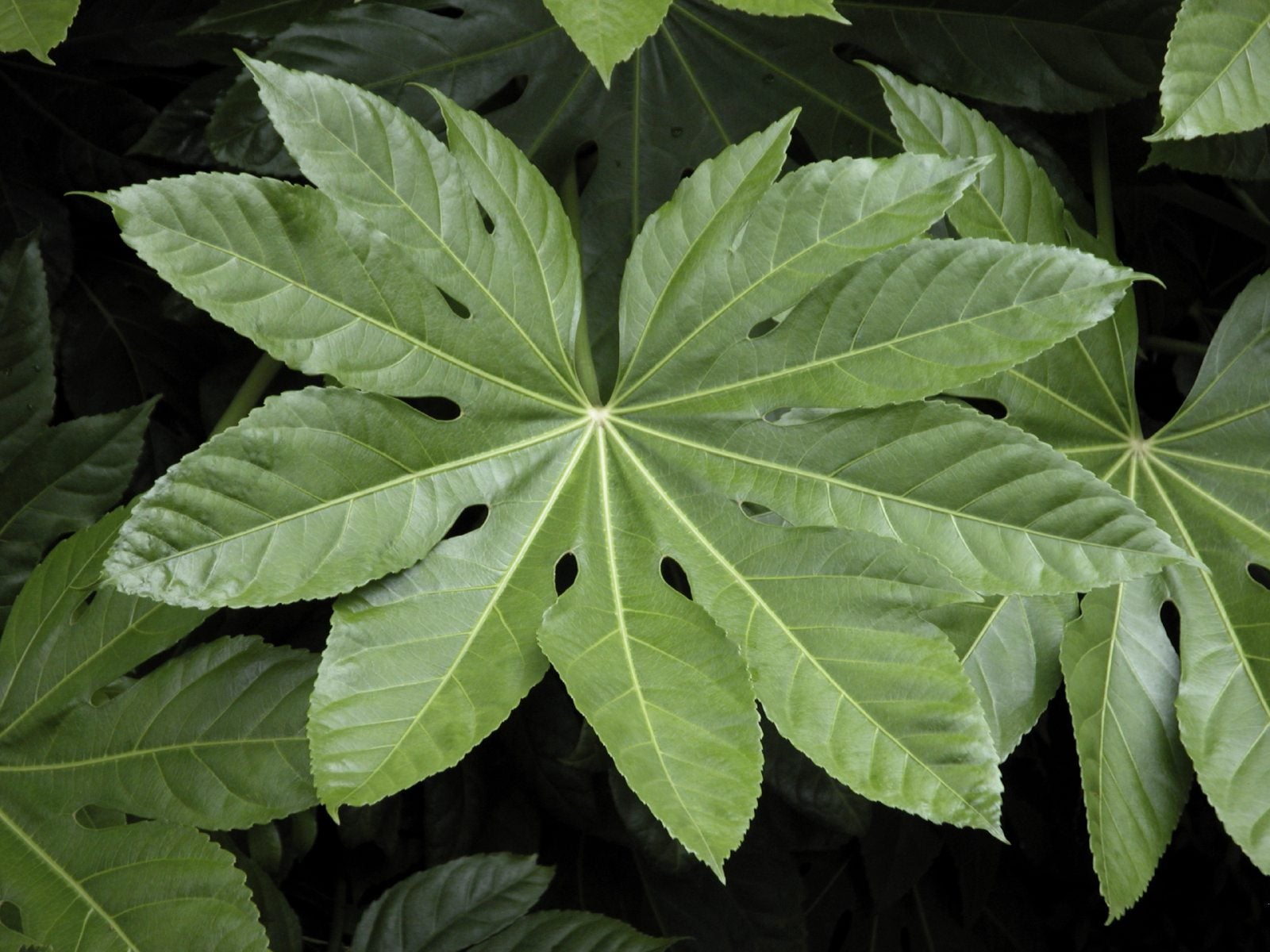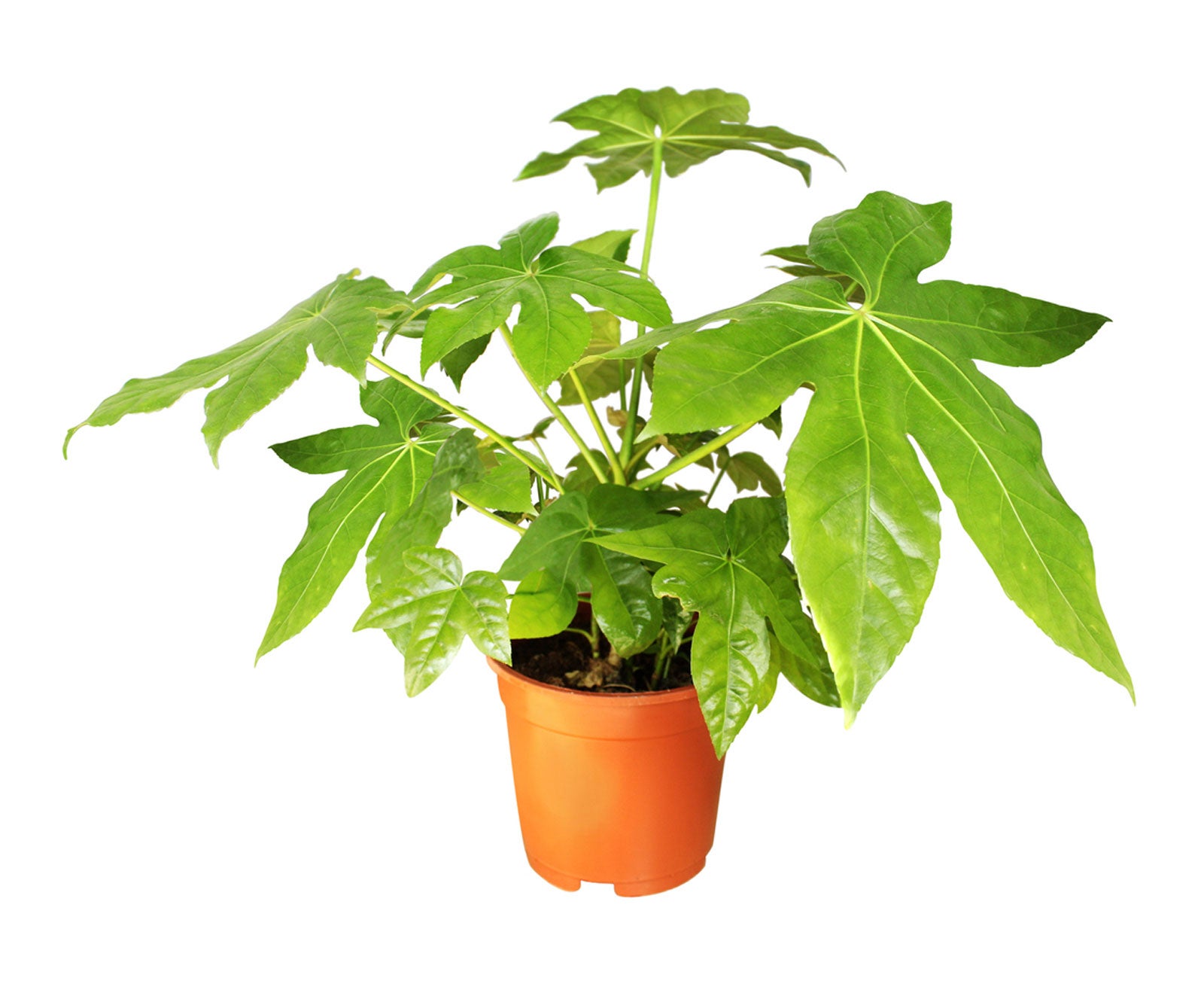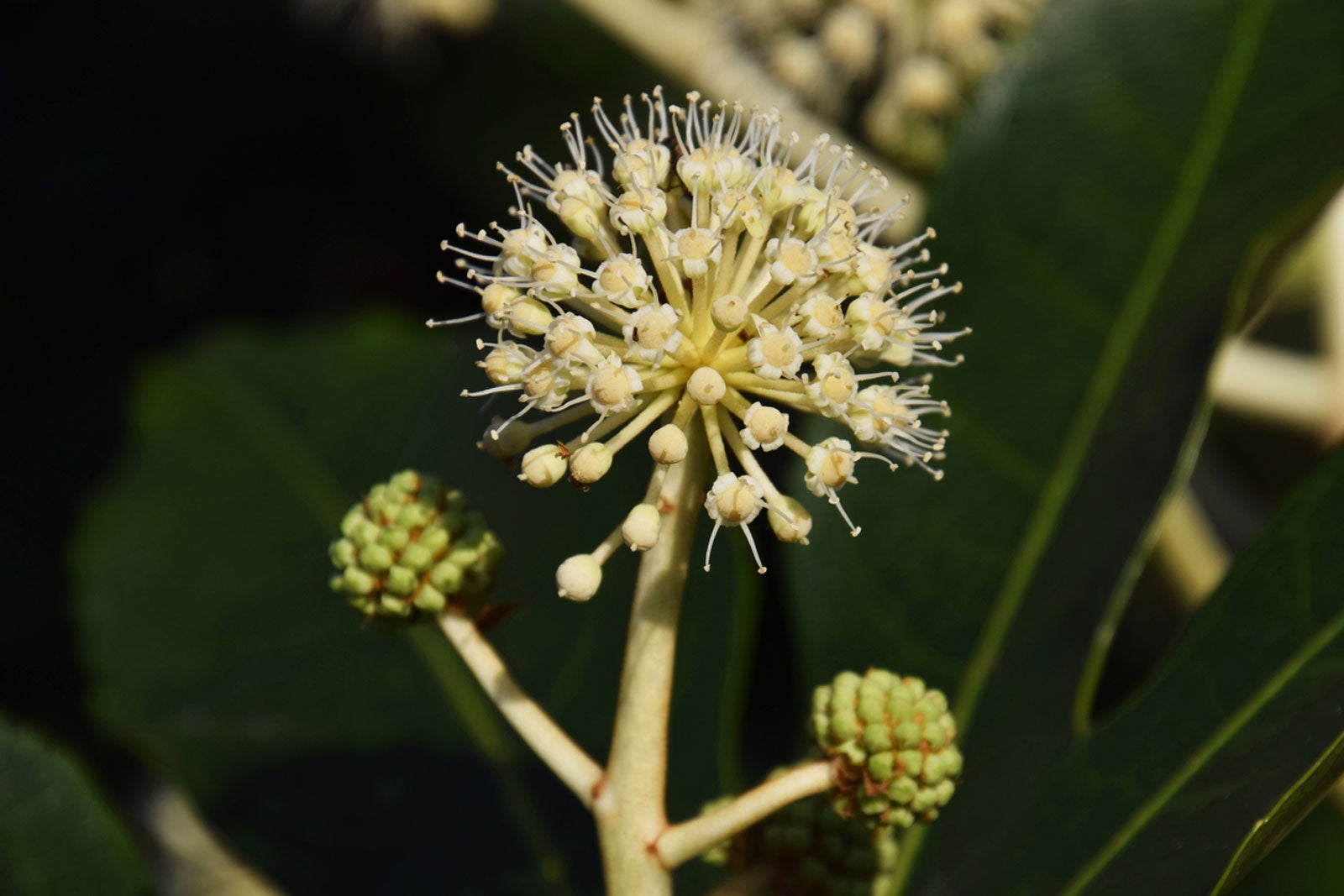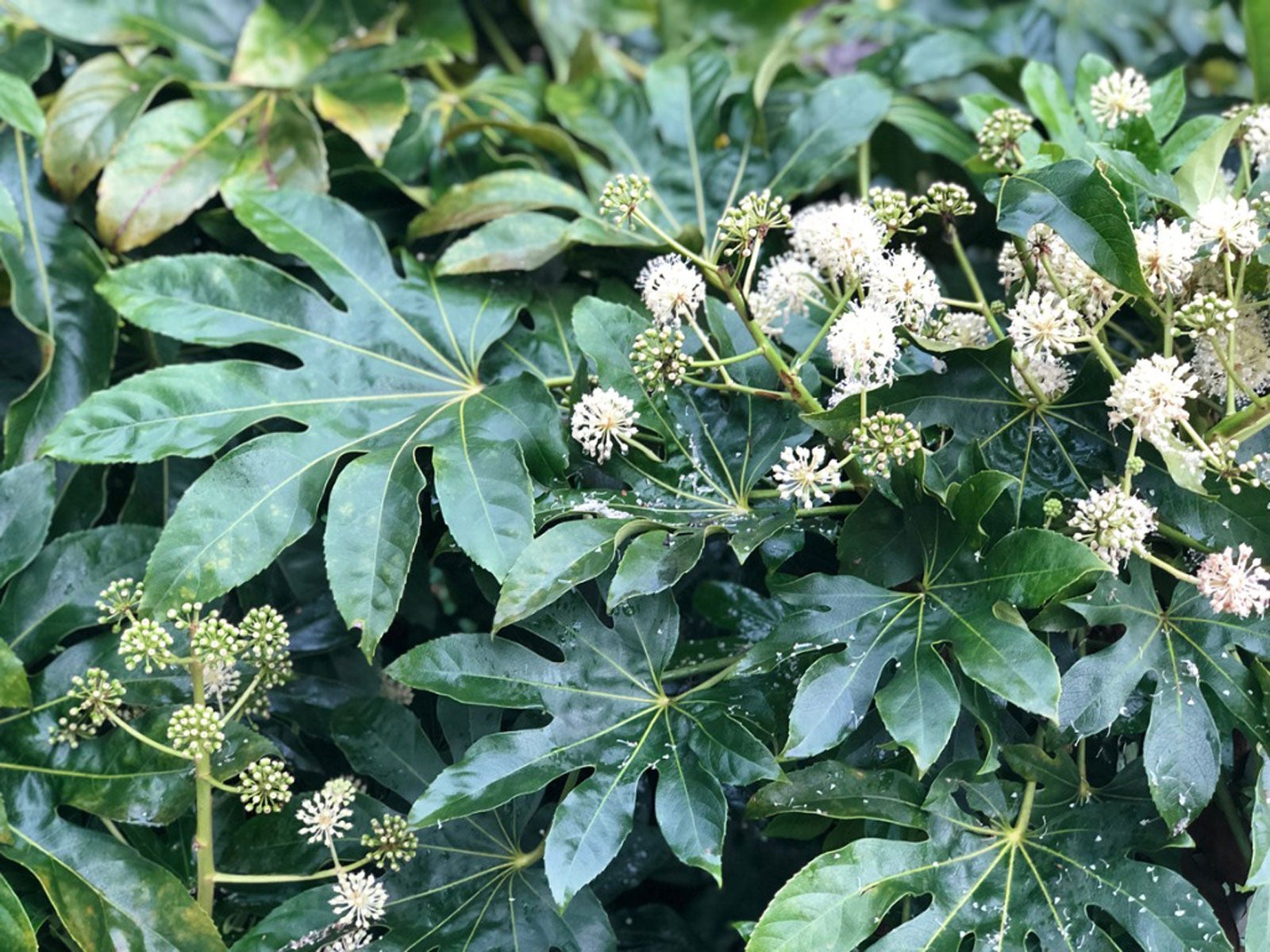Aralia Plant Information: Tips On Growing Aralias


Aralia is a striking, multi-stemmed member of the Araliaceae family, a huge family that consists of more than 70 species. With so many types of aralia from which to choose, plant lovers can enjoy this plant in a variety of forms, including deciduous and evergreen shrubs and trees, and beautiful indoor plants. Read on for more aralia plant information, including growing aralias and care of aralias.
Aralia Plant Information
There are various types of Aralia to choose from. Some of these include:
- California spikenard (A. californica) is one of the most popular types of aralias. Also known as elk clover, this West Coast native reaches heights and widths of 4 to 10 feet (1 to 3 m.). This species is marked by its spiky white blooms and long, divided leaves that turn a warm golden-yellow in autumn. California spikenard is suitable for growing in USDA plant hardiness zones 3 through 8.
- Fatsia japonica (A. sieboldii) is an upright, bushy plant with large, hand-shaped leaves of glossy green. It produces attractive white blooms in fall and winter. This tropical shrub makes an excellent houseplant, reaching heights and spreads of 3 to 6 feet (91 cm. to 1.8 m.). It prefers warmer climates of zones 8 through 10.
- Devil’s walking stick (A. spinosa) is also known as Hercules’ club. This variety, which reaches heights of 10 to 20 feet (3-6 m.), is a hardy, tropical-looking plant with spiny stems and umbrellas of huge, spiny leaves. White flowers appear above the leaves in mid to late summer. This deciduous species is suitable for zones 4 through 9.
- Ming aralia (Polyscias fruticosa) is a versatile indoor ornamental plant that includes approximately six species, all valued for their luxurious foliage. This plant can grow to an impressive size of 6 to 8 feet, (1.8 to 2.4 m.) or it can be trimmed to maintain a smaller size. This plant is suitable for outdoors in the warm climates of zones 10 and above.
Aralia Plant Care
Aralias plants prefer full sun or partial shade and they require well-drained soil. The plants perform best in a sheltered location, as harsh winds can burn the foliage. Regular water is needed, especially during hot, dry weather. However, the soil should dry out between waterings, as the plant won’t tolerate soggy soil. Houseplants grown indoors generally require less frequent irrigation during the winter months – often only once or twice per month. Keep the plant healthy by feeding it a slow-release fertilizer every other month throughout spring and summer. Aralia requires minimal pruning, but outdoor aralias may need regular removal of suckers to keep the plant from spreading.
Gardening tips, videos, info and more delivered right to your inbox!
Sign up for the Gardening Know How newsletter today and receive a free copy of our e-book "How to Grow Delicious Tomatoes".

A Credentialed Garden Writer, Mary H. Dyer was with Gardening Know How in the very beginning, publishing articles as early as 2007.
-
 4 Superfast Composting Methods: Turn Waste Into Garden Gold In 30 Days Or Less
4 Superfast Composting Methods: Turn Waste Into Garden Gold In 30 Days Or LessTry the fastest composting methods to turbocharge your pile and transform kitchen scraps and garden waste into finished compost in just a few weeks.
By Mary Ellen Ellis
-
 Best Spider Plant Soil – Complete Soil Guide And Expert Tips For Keeping Plants Happy
Best Spider Plant Soil – Complete Soil Guide And Expert Tips For Keeping Plants HappySpider plants are fun and easy plants to grow, but what is the best soil for a spider plant? Selecting the right soil is important so they can thrive.
By Bonnie L. Grant
-
 Potted Fatsia Care: Tips On Growing A Fatsia Indoors
Potted Fatsia Care: Tips On Growing A Fatsia IndoorsFatsia is an evergreen shrub and is a pretty tough and forgiving plant in outdoor gardens, but it is also possible to grow fatsia indoors. Your potted fatsia inside may not get flowers, but you can still enjoy the exotic foliage given proper indoor culture. Learn more here.
By Raffaele Di Lallo
-
 Propagating Fatsia From Seed: When And How To Plant Fatsia Seeds
Propagating Fatsia From Seed: When And How To Plant Fatsia SeedsWaiting for a shrub to grow from a seed may seem like something that will take forever to do. However, fatsia shrubs actually grow rather quickly and may not take as long as you think. For more information on how to grow fatsia from seed, click the following article.
By Mary Ellen Ellis
-
 Japanese Aralia Care: How To Grow Fatsia Japonica
Japanese Aralia Care: How To Grow Fatsia JaponicaThe large, showy, tropical leaves may imply that Japanese aralia care is a challenge, but given the right environment, it’s a show-stopper and easy to grow.
By Jackie Carroll
-
 How To Care For Ming Aralia Houseplants
How To Care For Ming Aralia HouseplantsWhy the Ming Aralia ever fell out of favor as a houseplant is beyond me. This plant is one of the easiest houseplants available. With a little care and know how from this article, you can grow this plant in your home.
By Heather Rhoades